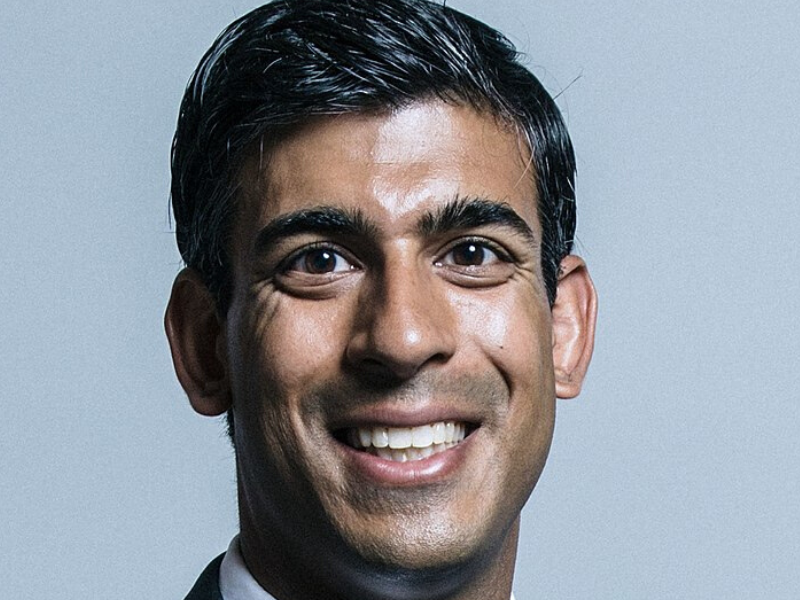TODAY’S BLOG
TAX YEAR END PLANNING PART 1
As you will have gathered, the Chancellor Sajid Javid resigned on 13 February just a month before his first Budget. There will be many that offer reasons for this, perhaps some of them will be something resembling the truth, but as they say “a week in politics is a long time”. We have a new Chancellor – Rishi Sunak (who?) … who sent most of us into a google spin. He’s the 39 year-old who worked for Goldman Sachs immediately following graduating from Oxford in 2001, who he left in 2004 to become a Hedge Fund 2006-2010. He became an MP in 2015 taking over William Hague’s seat in Richmond, Yorkshire.
As a result of the rather sudden changes in arguably the most important job in UK politics, there was concern that the Budget may have to be resceduled. However we have been reassured that 11 March remains the date for the 2020 Budget date. We also have an effective deadline for tax-year-end planning. There could be a range of measures announced on 11 March (normally operative from the beginning of Budget day) which could impact on such planning. The Government has loosened the purse strings on capital investment, but in terms of day-to-day spending it has little room for manoeuvre. The Treasury may thus be tempted to make some subtle tax changes to boost its coffers.

PENSIONS
More than in most years, 2020 is the year to ensure you make your pension contributions before the Chancellor delivers his speech. As explained earlier, the risk of a major pension tax reform, potentially reducing higher rate tax relief, is greater now than for some while.
One important point to check is whether you have any unused annual allowance from 2016/17, when the maximum annual allowance (before tapering) was £40,000. You have until the end of 2019/20 to use up this past allowance, or it is lost forever. However, it can only be utilised once your full annual allowance for the current tax year is exhausted. So, for example, if you are not affected by the taper rules and you have £10,000 annual allowance unused from 2016/17, to mop it up completely would require a total contribution of £50,000 in 2019/20 – £40,000 for the current tax year and £10,000 carried back three years.
Unused relief can also be used from later years, but once you have paid the current year ‘entrance fee’, the excess contribution is offset in chronological order, starting with 2016/17. Under current rules unused relief can be carried forward for three tax years (hence the 2016/17 deadline), but that principle – and the rate of tax relief – could change.
Dominic Thomas
Solomons IFA
You can read more articles about Pensions, Wealth Management, Retirement, Investments, Financial Planning and Estate Planning on my blog which gets updated every week. If you would like to talk to me about your personal wealth planning and how we can make you stay wealthier for longer then please get in touch by calling 08000 736 273 or email info@solomonsifa.co.uk

GET IN TOUCH
Solomon’s Independent Financial Advisers
The Old Bakery, 2D Edna Road, Raynes Park, London, SW20 8BT
Email – info@solomonsifa.co.uk
Call – 020 8542 8084

GET IN TOUCH
Solomon’s Independent Financial Advisers
The Old Bakery, 2D Edna Road, Raynes Park, London, SW20 8BT
Email – info@solomonsifa.co.uk Call – 020 8542 8084